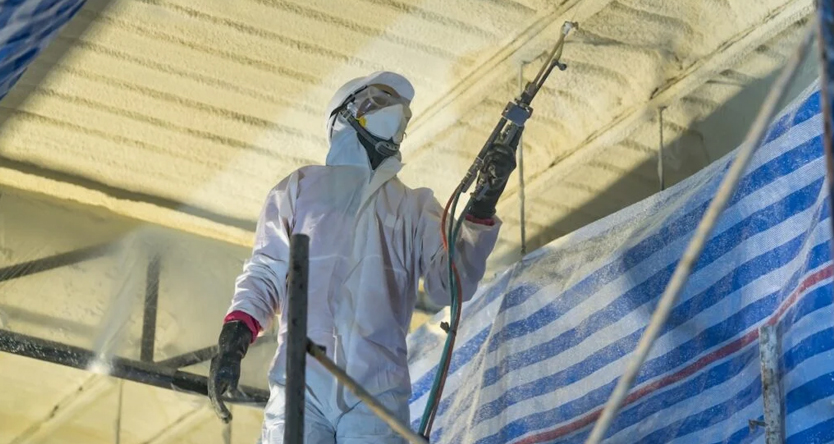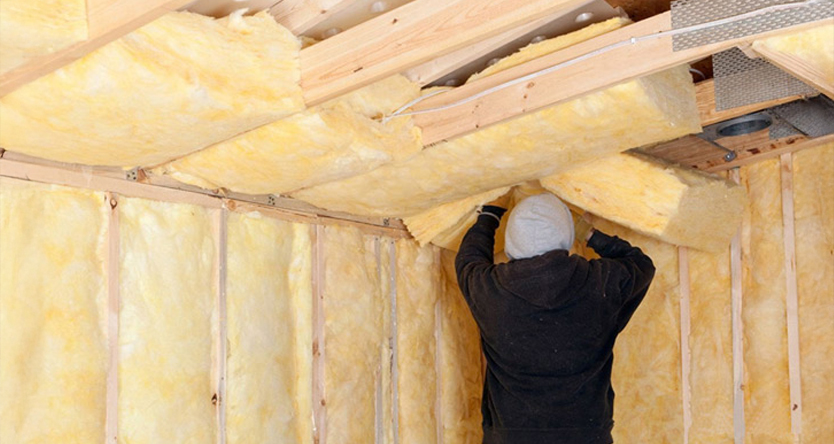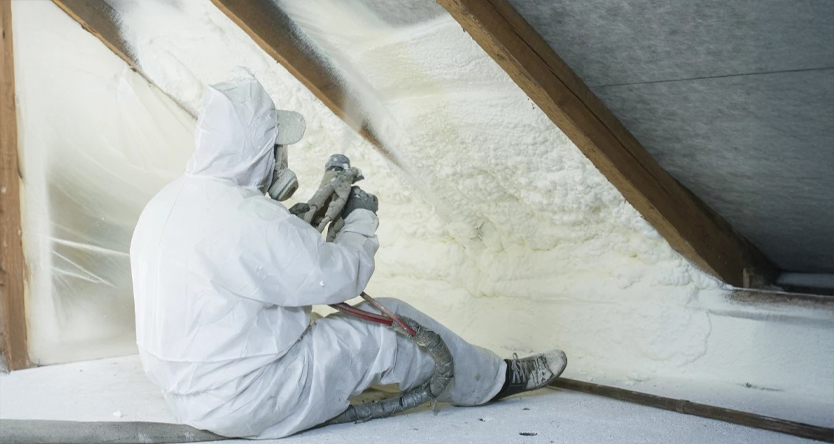Indoor Air Quality (IAQ) is essential to maintaining a healthy and comfortable living environment. While often overlooked, home insulation plays a pivotal role in improving IAQ by regulating temperature and moisture levels, blocking pollutants, and reducing allergens. Below, we explore eight surprising facts about how insulation can enhance indoor air quality, making your home cleaner and more comfortable.
1. Insulation Reduces Pollutants That Can Enter Your Home
One of the most significant benefits of proper home insulation is its ability to limit airborne pollutants from entering your home. Gaps or inadequate insulation allow outdoor air to seep into your home, bringing pollutants, allergens, and contaminants that can diminish indoor air quality. When your home is well-insulated, it creates a barrier, reducing the number of outdoor pollutants such as pollen, dust, and mould spores that can enter your indoor environment.
Tip:
To remove pollutants, inspect and replace worn or inadequate insulation, especially around windows, doors, and attic spaces where air leaks are common.
2.Effective Insulation Helps Control Humidity Levels
Moisture control is critical in preventing mould growth, drastically affecting indoor air quality. High humidity encourages mould and mildew, which release spores that irritate the respiratory system and can lead to asthma or allergies. Insulation helps regulate moisture levels by minimising air leakage and maintaining a consistent indoor temperature, keeping condensation at bay.
Tip:
Consider moisture-resistant insulation materials, such as spray foam or closed-cell insulation, to prevent mold-friendly environments in areas prone to humidity, such as basements and bathrooms.
3. Poor Insulation Can Lead to “Sick Building Syndrome
When a home is poorly insulated, it can become a breeding ground for pollutants. “Sick Building Syndrome” refers to situations where residents experience health issues linked to time spent in specific indoor environments. Symptoms may include headaches, dizziness, and respiratory problems, often due to pollutants trapped in spaces with poor ventilation and subpar insulation.
Tip:
To improve indoor air and reduce symptoms associated with Sick Building Syndrome, upgrade insulation in areas with limited ventilation, such as basements and attics.
4.Air Quality Affects Your HVAC System’s Efficiency
Insulation helps your HVAC system function efficiently by reducing the demand for constant temperature adjustments. A home with proper insulation requires less heating and cooling, as insulation keeps indoor temperatures stable. Poor insulation forces HVAC systems to work harder, potentially circulating more dust and allergens, diminishing air quality and energy efficiency.
Tip:
Keep your HVAC system well-maintained and replace air filters regularly. Upgrading insulation can also reduce the load on your HVAC system, leading to better air quality and lower energy bills.
5.Insulation Can Block Out Harmful VOCs
Materials like paint, cleaning supplies, and furniture emit Volatile Organic Compounds (VOCs). These harmful gases can linger indoors, affecting air quality. Certain types of insulation, such as spray foam insulation, have sealing properties that can reduce the infiltration of VOCs, preventing them from spreading throughout the home.
Tip:
Consider using insulation with low VOC emissions or insulation materials that specifically block VOC infiltration. Additionally, ventilate regularly by opening windows or using air purifiers to reduce the presence of VOCs in your home.
6.Good Insulation Minimises External Noise, Improving Comfort
While noise reduction may not directly affect air quality, it contributes to your home’s overall comfort and livability. Insulation materials, especially dense types like cellulose or fibreglass, can absorb sound, reducing the noise that enters your home from the outside. A quieter environment can reduce stress and create a more relaxing atmosphere, indirectly promoting better respiratory health by minimising irritants from a noisy environment.
Tip:
If your home is in a high-traffic area, consider soundproof insulation materials to enhance air quality and comfort.
7. Proper Insulation Helps Control Indoor Temperatures Year-Round
Temperature fluctuations can cause condensation, mould growth, and poor indoor air quality. Effective insulation creates a thermal barrier that helps keep your home cool in the summer and warm in the winter. This temperature regulation reduces the likelihood of condensation build-up, which can compromise air quality by supporting mould and mildew growth.
Tip:
Thoroughly insulate attics, walls, and crawl spaces to maintain consistent indoor temperatures and control condensation.
8.Insulation Can Lower Energy Costs While Improving Air Quality
A well-insulated home requires less energy to maintain comfortable temperatures, lowering energy bills. By conserving energy and improving indoor air quality, insulation supports eco-friendly practices and reduces exposure to pollutants from constant HVAC use. Insulated homes are typically sealed more effectively, reducing drafts and retaining clean, filtered air.
Tip:
Invest in energy-efficient insulation materials and weatherstripping to lower energy costs, reduce your carbon footprint, and improve air quality.





